#gihembe camp
Photo




THE TIG ARCHIVES│BEAUTY│INTERNATIONAL WOMEN’S DAY
“Because, in our books, there is no better regram than this from International Women’s Day, 2015.
This past Sunday, men and women around the world celebrated, honored, and championed gender equality on the much anticipated International Women’s Day. I was in London to support Emma Watson in her HeforShe Initiative for UN Women. And just last night, at The UN celebration of Int’l Women’s Day in NYC, my new role as UN Women Advocate for Women’s Leadership & Political Participation was announced. What a tremendous honor – not only to be asked to speak but to do so in the presence of UN Secretary-General Ban Ki-moon, Executive Director Phumzile Mlambo-Ngcuka, Hillary Clinton, Patricia Arquette, my mentor (and Senior Advisor to ED) Elizabeth Nyamayaro, as well as my best friends and mom. A room of support from both men and women who share the dream of eradicating gender inequality. Because it’s so clear to me – when women are empowered, the entire community is empowered. And to do that, we need women leaders from the girl who runs for class president, to the woman who becomes head of state.
I often write about the moments in life that take your breath away – the ones you only have the luxury of experiencing when you say “yes” and when you live your life with an unbridled passion and quiet fearlessness – last night was the ultimate. After nine months of quietly working behind the scenes with UN Women, of shadowing meetings, and traveling from DC to Rwanda to absorb a wealth of knowledge, I am so grateful to now be able to share this with you.” - Meghan Markle, March 2016
From Meghan Markle’s 2015 UN Speech:
“Equality means that President Paul Kagame of Rwanda, whose country I recently visited as part of my learning mission with UN Women, is equal to the little girl in the Gihembe refugee camp who is dreaming about being a president one day. Equality means that UN Secretary General Ban Ki-moon is equal to the young intern at the UN who is dreaming about shaking his hand. It means a wife is equal to her husband, a sister to her brother. Not better nor worse – they are equal.
As you all know, UN Women has defined the year 2030 as the expiration date for gender INequality. But studies show that at the current rate, the elimination of gender INequality will not be possible until 2095. That’s another 80 years from now. And when it comes to women’s political participation and leadership – the percentage of female parliamentarians globally has only increased by 11% since 1995. 11 percent in 20 years?! This has to change… Women make up more than half of the world’s population and potential, so it is neither just nor practical for their voices, for OUR voices, to go unheard at the highest levels of decision-making.
The way we change that, in my opinion, is to mobilize girls and women to see their value as leaders, and to support them in these efforts. To have leaders such as President Kagame of Rwanda continue to be a role model of a country which has a parliamentary system comprised of 64% female leaders! That’s the highest of any government in the world. We need more men like that, just as we need more men like my father who championed my 11 year old self to stand up for what is right. In doing this, we remind girls that their small voices are, in fact, not small, and that they can effect change. In doing this, we remind women that their involvement matters. That they need to become active in their communities, local governments as well as in the highest parliamentary positions. This is imperative: Women need a seat at the table, they need an invitation to be seated there, and in some cases, where this is not available, they need to create their own table. We need a global understanding that we cannot implement change effectively without women’s political participation.
It is said that girls with dreams become women with vision. May we empower each other to carry out such vision — because it isn’t enough to simply talk of equality. One must believe it. And it isn’t enough to simply believe in it. One must work at it. Let us work at it. Together. Starting now.”
Watch Meghan’s speech here.
#meghan markle#duchess of sussex#the tig#the tig archives#meghan markle speech#united nations#international women's day#women's equality#tigbeauty#uniwd
102 notes
·
View notes
Text
National Contractors for IDSR System Evaluation in Refugee Camps
National Contractors for IDSR System Evaluation in Refugee Camps
National Contractors for IDSR System Evaluation in Refugee Camps Terms of Reference for the 3 National Contractors to conduct the Integrated Diseases Surveillance and Response (IDSR) system in six refugee camps in Rwanda (May 2017): one contractor for 2 refugee camps. 1. Background Rwanda is hosting six sites of refugee camps including five for Congolese (Gihembe, Kigeme, Kiziba, Mugombwa,…
View On WordPress
0 notes
Text
A UFCW Member, a Refugee, an American Story
Only about 10.5% of Americans claim Irish ancestry, but that doesn’t stop the rest of us from celebrating the proud history of the immigrants who came before us.
Though our national love of St.Patrick’s Day and all things Irish might be hard for outsiders to understand, the day has really become a chance to celebrate the optimism and bravery of those who left their home countries on the gamble that they could have a better life here in the US. Their stories of hardship, hard work, and hope for the future continue to be a source of pride and inspiration and have enriched the fabric of the country.
That same American spirit can be found in the stories of today’s immigrants, though the nature of jobs in the US and how we think about work has changed dramatically since the days of our grandparents.
No one knows this better than UFCW members, many of whom work in service work or in food processing— work that is difficult to outsource overseas or replace with machines. A recent New York Times feature highlights nine different workers in the new and upcoming American workforce – including UFCW Local 75 member, packing worker, and refugee, Ruhatijuru Sebatutsi.
Ruhatijuru Sebatutsi, Columbus, Ohio Source: New York Times
A Congolese refugee, Sebatutsi fled war in Congo as a teenager, spending years in a Rwandan refugee camp before coming to Ohio in 2015. He lives with his wife and eight children in Columbus, Ohio. Every day, he travels with ten of his co-workers to a small town to work each day cutting meat at the SugarCreek Packing Company, which produces pork and poultry products.
He works seven days a week, but he makes time and half on Saturdays and double on Sundays. Of his union job, he says, “I am so lucky.”
Since Sebatutsi started last November, he has opted to work every day, which he said is the best part of the job. “There’s a lot of overtime, and you can make money.” Life here is far better than life in Gihembe. “The kids can ask you for something, you cannot provide,” he said. “But here you work, you take care of your problems, you do something for yourself.”
Like generations before him, Sebatutsi sees the long hours he puts in as a sacrifice he is willing to make in order to build a better future for his family.
You can read the rest of the profiles of working men and women in the New York Times feature, “The Jobs Americans Do.”
from A UFCW Member, a Refugee, an American Story
0 notes
Text
Young refugees find safe haven in Boy Scouts
Young refugees find safe haven in Boy Scouts
By Thomas Peipert, Associated Press EVERGREEN — Boy Scouts Jean Tuyishime and Moise Tuyikunde sit around a crackling campfire under a canopy of stars in Colorado’s Rocky Mountains, joking and teasing each other as adolescent brothers tend to do. Only two and a half years ago, they were a world away living at the crowded Gihembe refugee camp, built on a sprawling and dusty expanse of land in…
View On WordPress
0 notes
Photo

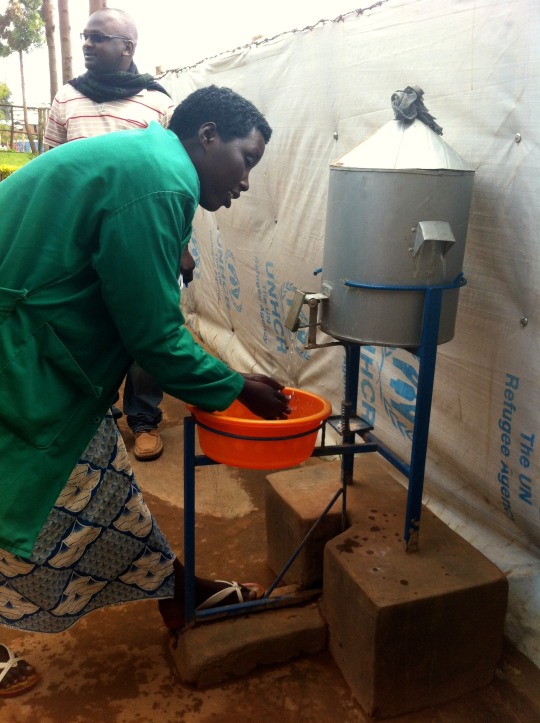
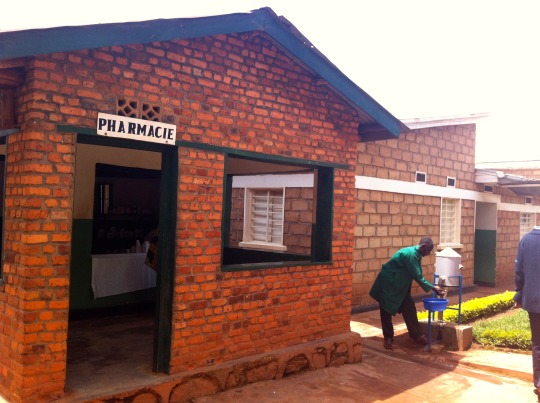
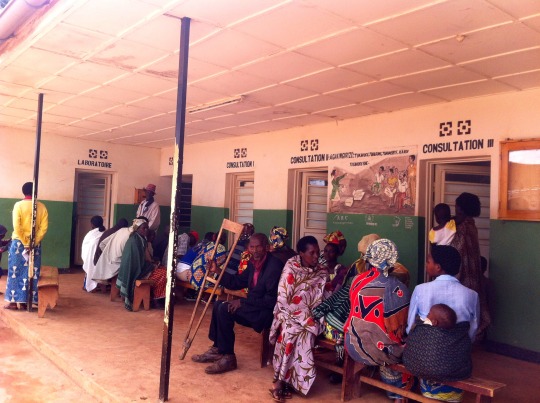
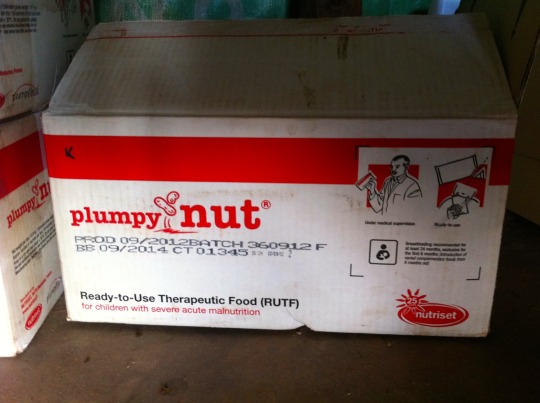

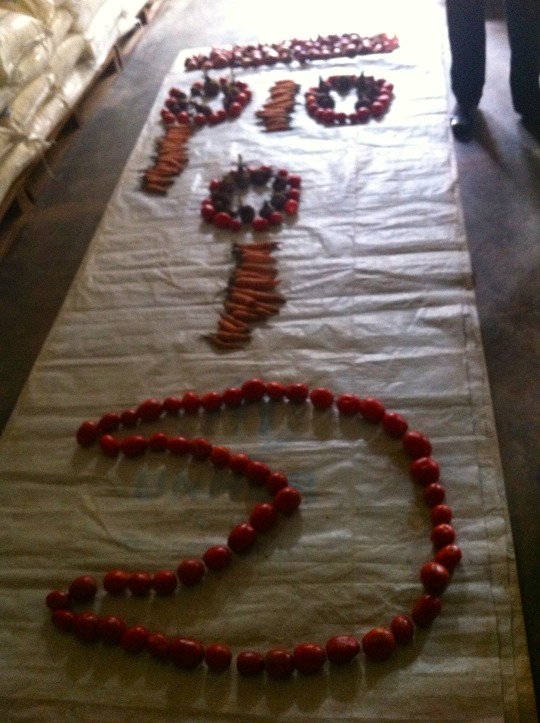
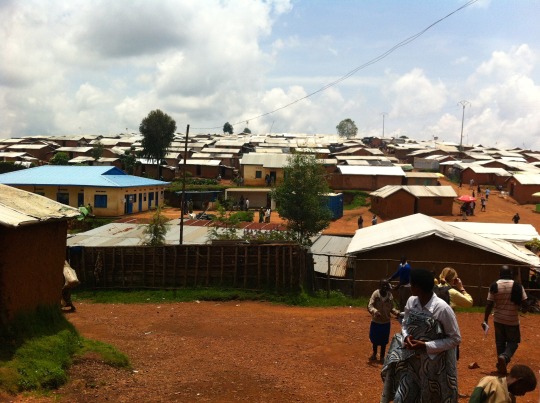
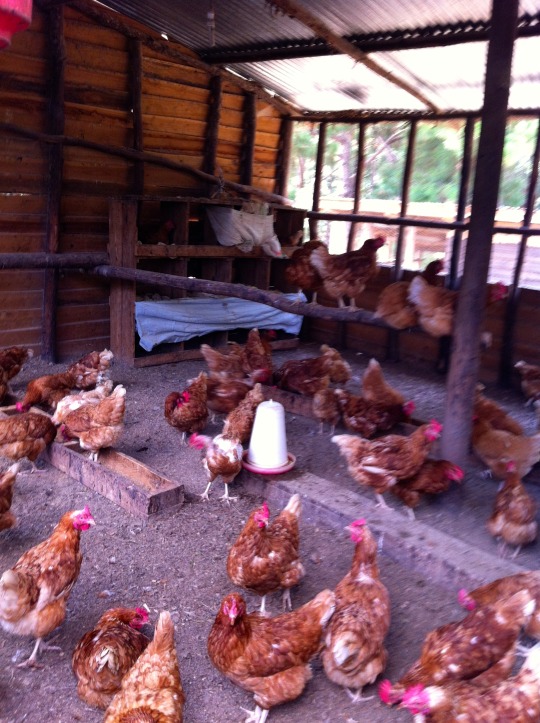
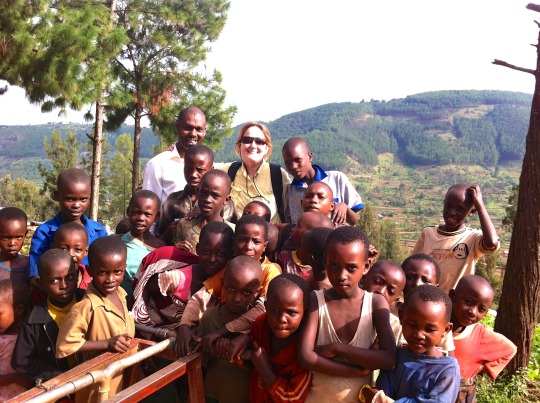
Photos, photos, photos! Eh oui, je suis sortie de Kigali jeudi pour visiter les camps de Gihembe et Nyabiheke avec Georgia, alors j'ai pris plein de photos! Tellement que j'ai brisé le bouton lock de mon iPhone 😒 ...mais bon, je trouvais ça absurde de me fâcher pour ça, alors que je "visitais" un camp de réfugiés, où une famille de 5 à 9 personnes vit (lire s'entasse) dans un abri de 3m x 4m.
1. Prise de vue du camp de Gihembe, prise dans l'enceinte des installations de santé, de nutrition, de traitement et dépistage de VIH et de traitement des violences basées sur le genre (violence domestique, viols, etc.). C'est vraiment impressionnant comme installations, et j'ai adoré Dr Pascal!
2. Une machine pour se laver les mains dont Georgia est tombée en amour! On pèse sur la pédale et l'eau sort du réservoir. Et on a parti la saga des savons, car il n'y en avait pas près de ces machines... Pas très utile!
3. La pharmacie du camp de Gihembe. Et un très bel exemple d'utilisation de la machine à se laver les mains, avec un savon qui est miraculeusement apparu suite à notre passage!
4. La "salle d'attente" du camp de Gihembe pour consulter un médecin. La journée que nous étions au camp, le camp recevait la visite de la dentiste pour 5 jours; il y avait une trentaine de personnes qui attendaient pour la voir... Et dire que le UNHCR veut que l'on enlève de nos activités et de notre budget les services dentaires, puisque "ça n'entre pas dans les services de santé de base"... And yet, les problèmes dentaires sont parfois mortels!
5. Plumpy Nut!!! 🙌 Oh god, j'en ai teeeeellement entendu parler dans mes cours, et j'ai travaillé de longues heures pour élaborer un projet avec ce petit miracle! Culture du jour: le Plumpy Nut est une révolution dans le monde humanitaire, puisque ça permet d'enrayer la malnutrition aiguë d'un enfant en bas de 5 ans en 8 semaines. C'est une genre de pâte de peanut remplie de micro-nutriments. Ré-vo-lu-tion! (Non, je n'y ai jamais goûté, haha!)
6. Moi entourée d'une horde d'enfants au camp de Nyabiheke. Leur fun est de se voir ensuite sur la photo; ils capotent! Un très beau moment qui restera gravé dans ma mémoire (kitsch, I know!). ☺️
7. Les légumes de Gihembe! 🍅🌽🍆 C'est Soeur Dorothée qui s'occupe de l'inventaire et distribution des aliments thérapeutiques pour les perosnnes vulnérables: enfants malnutris, femmes enceintes et allaitantes, personnes âgées, séropositifs, etc. Georgia et moi avons trouvé ça ben drôle qu'elle ait placé les tomates en forme de chapelet haha!
8. Prise de vue du camp de Gihembe. C'est le plus vieux camp de réfugiés sur le territoire rwandais; il a été monté en 1997... Une génération y est née, et ne connaît que ça comme réalité. Sans vraiment aucune raison, Gihembe est le camp que j'ai le plus aimé, et qui me touche le plus. Probablement pour son historique, l'atmosphère, le personnel, la panoplie de services qu'ARC y dessert... Bref, pour tous les souvenirs et images que je rapporterai avec moi, dans mes valises, en juin.
9. Les poulets de Nyabiheke! 🐔 Malheureusement, ce sont des employés d'ARC qui en prennent soin, et les oeufs récoltés vont dans les traitements nutritionnels des personnes vulnérables. Je dis malheureusement, car ça pourrait être prise en charge par une association de femmes survivantes des violences basées sur le genre, par exemple. Ce qui occuperait leur journée, leur rapporterait un revenu et permettrait de les rassembler entre elles (groupe de thérapie). Bref, j'essayerai de concocter quelque chose pour ça. Ré-vo-lu-tion! ☺️
10. Georgia et Victor, le camp manager de Nyabiheke, et la horde d'enfants. Dieu sait qu'elle en a vu d'autres! Elle s'est engagée comme volontaire pour les Peace Corps en 1987, et n'a jamais abandonné le milieu humanitaire depuis. Elle m'a montré son carnet de vaccins, et il doit faire ma grandeur! 😧😳 Impressionnant!
0 notes